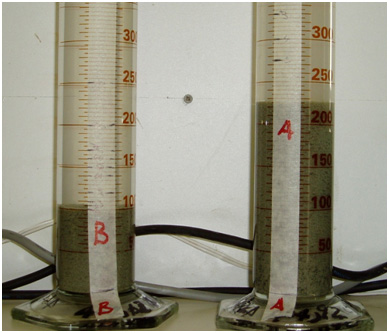Flocculant testing and specification
|
Function of flocculants Flocculants collect smaller particles into aggregates or flocculent. This flocculent will settle to the mud bed where additional dewatering will occur through consolidation. How does it work? Flocculants are long chain polymers that will form a bond with solid particles. The nature of this bond depend on the particle characteristics.
|
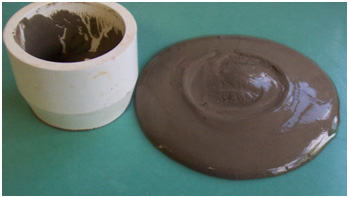 Well flocculated thickener underflow |
Flocculant management
Flocculants are often the biggest contributor to the operational costs of the thickeners; therefore the objective is to minimise flocculant consumption without compromising thickener performance.
The general assumption that some is good and more is better does not apply to flocculant addition. Over flocculation is not only expensive, but will also compromise thickener performance and increase underflow pumping cost.
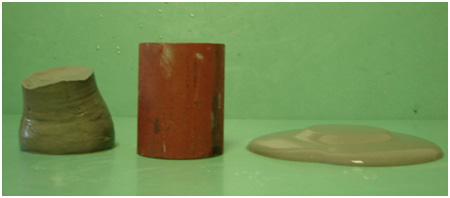 High yield stress thickener underflow due to over flocculation on the right and the same material sheared to breakdown the flocculant structure on the left |
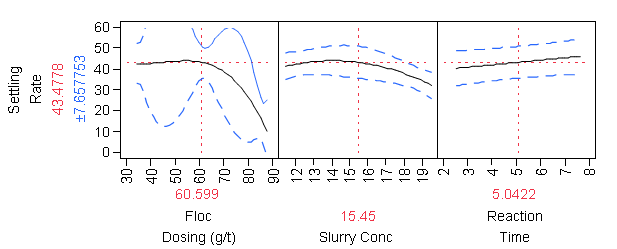 An example of settling rate response to parameter changes |
High flocculant concentrations will pose difficulties in pumping and thus compromise flocculant performance. Over dilution of the flocculant will increase the pumping cost without any benefit. High pipeline velocities will also compromise flocculant performance.
Testing of flocculant
|
|
Particles differ in mineral composition, depending on the site and their origin within the site. The mineral being processed will also determine the process water composition. Testing a range of samples from the site to select the most suitable flocculant is unavoidable. The challenges mentioned have to be considered when specifying the flocculant concentration and dosing to achieve optimum thickener performance. The most common test method is the jar test, also known as the cylinder test. The results of this test methodology are subject to change with even minor changes in the test parameters. The test is sensitive to the size of the test cylinder, size of the air pocket above the liquid, tempo of inversion and number of inversions. This makes the tests difficult to repeat; moreover, the interpretation of the test results is highly subjective. |
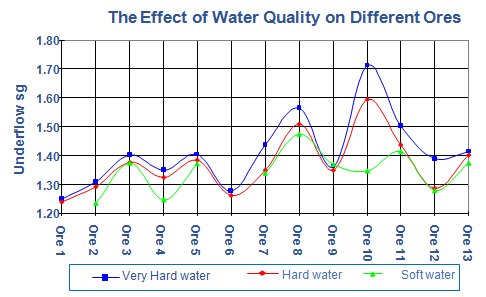 |
 Representation of the experimental flow diagram |
Why LBM?
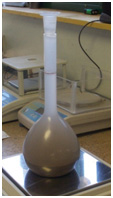 |
Live Blue Marble uses the most reliable test methodology available, which includes flocculant pipe reactor (FPR) equipment to accurately control test parameters. The tests are repeatable and based on proven statistical interpretation methods. Parameters such as the number and position of dosing points and quantifying the flocculant dosing at each dosing point are possible. Aspects such as hydration time, dilution (including "super-dilution"), the effect of pipe velocity and energy input on flocculation efficiency can be tested and quantified. In short, LBM has the equipment and professional expertise to test and specify flocculants. |

